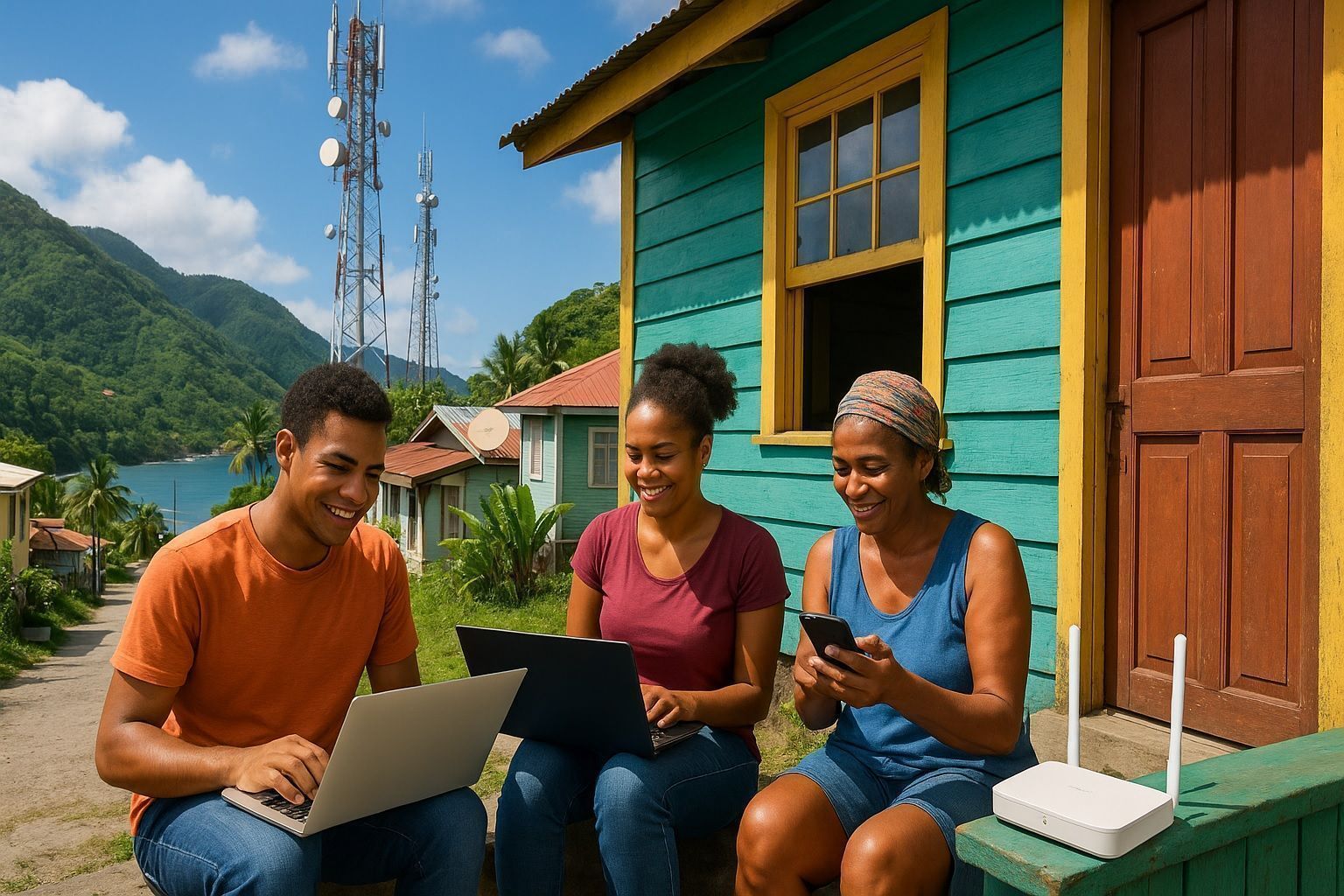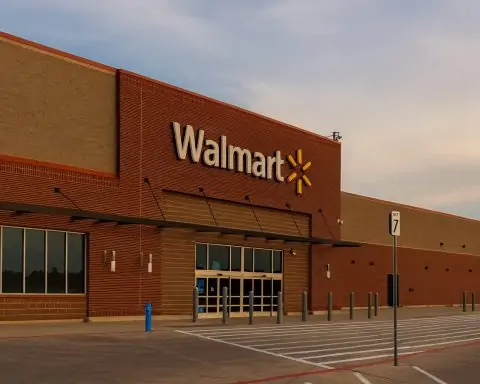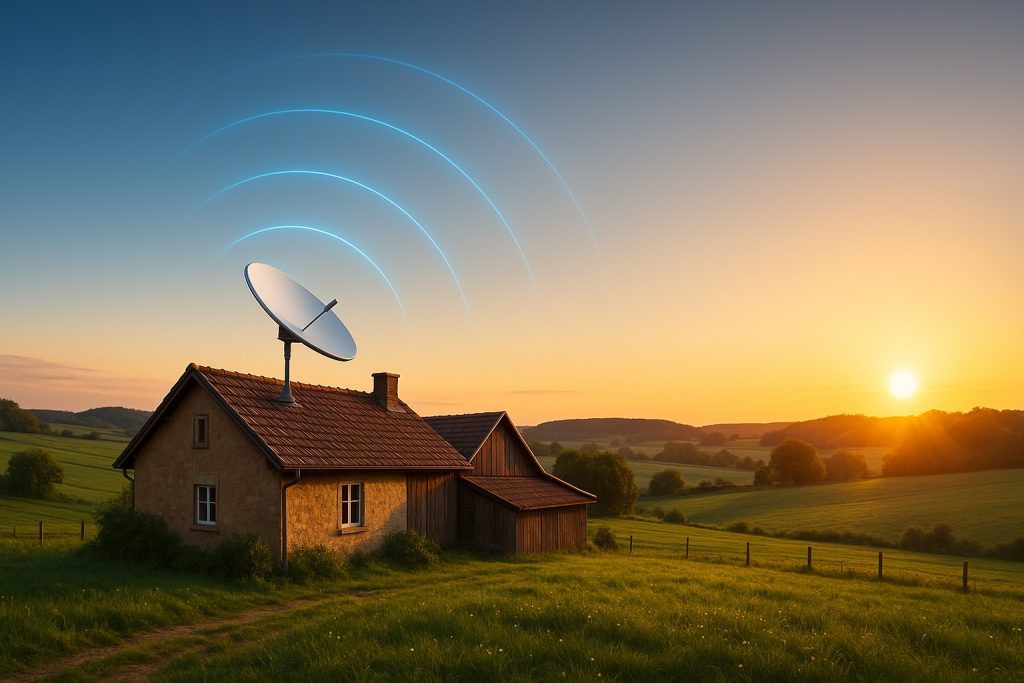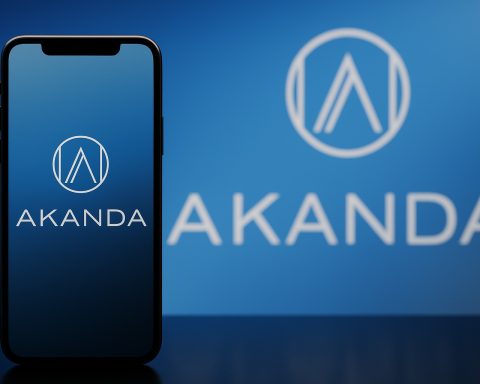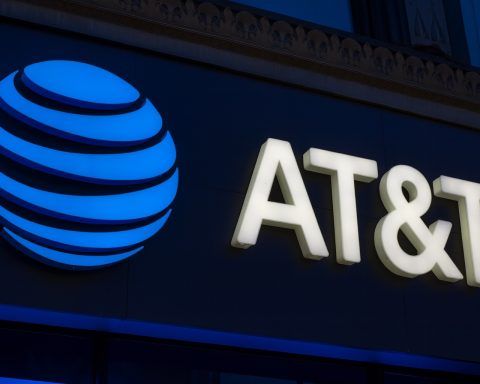- Dominica is a landing point on the 3,000-km Southern Caribbean Fiber (SCF) ring linking 15 Eastern Caribbean islands.
- On-island, Flow (formerly Cable & Wireless) provides fixed DSL and coaxial/cable service, while Digicel Play offers cable/FTTP over an upgraded HFC network.
- In 2018 Digicel won a 15-year contract to overhaul Dominica’s telecommunications, rebuilding towers and fiber to government offices and health centers.
- In 2019 the Southern Caribbean Fiber cable landed at Dominica’s Canefield, boosting international capacity.
- Starlink LEO service began serving Dominica in June 2025, offering high-speed, low-latency internet across the island.
- As of January 2024, about 61,020 Dominicans were online, 83.4% of the ~73,000 population.
- Urban residents account for 72.2% of the population, while rural residents make up 27.8%.
- In early 2025, fixed broadband averaged 179 Mbps download and 72 Mbps upload, with Digicel at 204.5 Mbps down / 75.2 Mbps up and Flow at 128.8 Mbps down / 66.2 Mbps up.
- Mobile broadband (4G LTE) is widespread through Digicel and Flow, but neither operator has deployed 5G.
- Flow dominates fixed broadband (about two-thirds) while Digicel leads mobile, and the regulator notes these two as the only active telecom operators as of end-2020.
Dominica’s connectivity is carried by undersea cables and local networks. The island is a landing point on the Southern Caribbean Fiber (SCF) ring, a 3,000-km submarine cable linking 15 Eastern Caribbean islands (including Dominica) with high-capacity fiber [1]. On-island, the former Cable & Wireless (now Flow) network provides fixed DSL and coaxial/cable service, while Digicel (via its Digicel Play brand) offers cable/FTTP service over an upgraded HFC network [2]. Fiber-to-the-home is gradually expanding (though still a small share of subscribers), and fixed-wireless links cover select areas. Mobile broadband (4G LTE) is widespread through Digicel and Flow; neither operator has yet deployed 5G. Satellite solutions are used for remote sites: traditional VSAT (C/Ku/Ka bands) connect very isolated locations, and starting in June 2025 Dominica gained SpaceX’s Starlink LEO service [3]. Starlink now advertises “high-speed, low-latency internet” across Dominica [4], offering a resilient broadband option in mountainous or underserved zones.
Major Internet Service Providers (ISPs)
Dominica’s market is dominated by two telecom groups: Flow (formerly Cable & Wireless Dominica) and Digicel. Flow offers fixed-line and mobile telephony, cable TV, and Internet (DSL, cable modem and fiber) services. Digicel provides mobile voice/data and, via its acquisition of SAT Telecom (as “Digicel Play”), cable/FTTP broadband and TV [5]. No other ISPs have significant market presence. According to ECTEL, at end‐2020 these two were the only active telecom operators: “FLOW continues to provide … fixed line, mobile, internet services and subscriber television, while Digicel offers all four (4) services with the acquisition of SAT Telecommunications” [6]. (In practice, Digicel has become the leading mobile carrier, with Flow second, though exact shares fluctuate.)
| Provider | Main Services | Notes |
|---|---|---|
| Flow (Cable & Wireless) | Fixed broadband (DSL, cable, fiber), mobile (voice/data), fixed voice, TV | Legacy provider; has ~2/3 of fixed broadband (cable/DSL) [7]. |
| Digicel (Digicel Play) | Fixed broadband (cable/FTTP), mobile (4G LTE), fixed voice, TV | Grew rapidly after 2014 SAT takeover [8]; highest 4G speeds. |
Internet Penetration and Coverage
Internet use in Dominica is high for the Caribbean: about 61,000 people (83.4% of the ~73,000 population) were online as of Jan 2024 [9]. This is comparable to leading regional rates (e.g. Jamaica ~85%, Barbados ~76% [10]). Urban residents (72% of population) almost all have access, while rural areas lag. (No official split was found, but globally rural access is typically lower.)
| Metric | Dominica (2024) | Source |
|---|---|---|
| Population (est.) | ~73,000 | [3] (Kepios DataReportal) |
| Internet users | 61,020 (83.4% of pop.) | [3†L112-L119] |
| Mobile broadband connections | 53,258 (72.7% of pop.) | [3†L112-L119] |
| Urban population | 72.2% of population | [3†L112-L119] |
| Rural population | 27.8% of population | [3†L112-L119] |
Rural connectivity remains a challenge due to Dominica’s mountainous terrain and sparse settlements. Across the Caribbean, “hundreds of towns and villages” lack fiber and nearly 30% of people have no access to high-speed broadband [11]. A telecom adviser notes that “rugged terrain make[s] expanding network infrastructure a logistical nightmare” in the region [12]. Dominica’s government targets bridging this gap: its National Digital Strategy explicitly calls for “ensuring all Dominicans have access to affordable, high-speed internet and devices” [13]. The recent Starlink rollout is seen as a way to improve rural and on-the-move connectivity [14] [15].
Performance (Speeds, Latency, Reliability)
User-measured speeds on Dominica’s networks are relatively strong. In early 2025 the broadband (fixed) networks averaged about 179 Mbps download and 72 Mbps upload, with Ping ~76 ms [16]. Digicel’s network led with an average download of 204.5 Mbps (upload 75.2 Mbps); Flow averaged ~128.8 Mbps down (66.2 Mbps up) [17]. These speeds place Dominica’s fixed broadband among the faster Caribbean nations (for context, Trinidad/Tobago averages ~110 Mbps and others ~90–100 Mbps [18]). Mobile 4G speeds are lower but still adequate for most uses. Latency (70–80 ms) is moderate – higher than on continental networks – due to satellite hops and geography.
Network reliability is generally good aside from extreme weather. Hurricane Maria in 2017 devastated infrastructure, leading to a major rebuild. In 2018 Digicel won a 15-year contract to overhaul Dominica’s telecommunications (replacing damaged towers, fiber, etc.) with a “highly resilient, state-of-the-art network” [19] [20]. The rebuilt network is designed for climate resilience, with fiber rings and modern wireless systems.
Pricing and Affordability
Dominica’s broadband prices are moderate by regional standards but can be high relative to incomes. Typical home packages start around XCD 300–350 (~USD 110–130) per month for basic broadband (100–150 Mbps), with higher tiers up to XCD 600+ for gigabit speeds (providers often bundle TV or mobile discounts). Business plans and satellite services cost more. The United Nations broadband affordability target is that $ for 5 GB fixed broadband should be <2% of monthly income; in Dominica the actual cost of a standard fixed-broadband basket is on the order of 5–6% of GNI per capita【90†L?】 (well above the target). The government and regulators have programs to boost affordability – for example, subsidized Wi-Fi for schools, and a recent initiative to provide free broadband to disadvantaged students (via the NTRC) – but connectivity remains a significant expense for many households.
Policy, Regulation, and Strategy
Dominica’s ICT policy framework is aligned with its OECS/ECTEL partners. The sector is regulated by the National Telecommunications Regulatory Commission (NTRC) under the Ministry of Information, Science, Telecommunication and Technology [21]. Dominica (with Grenada, St. Lucia, St. Kitts/Nevis, St. Vincent & the Grenadines) is an ECTEL member-state, subject to regional telecom regulations. A new Electronic Communications Act (in line with ECTEL’s model) was enacted in recent years to liberalize competition and harmonize regulations (replacing the 2000 Act).
Strategically, Dominica is pursuing a “digital economy” vision. Its National Digital Transformation Strategy 2022–2026 explicitly aims for “affordable, accessible internet” island-wide, plus e-government and ICT-driven growth [22]. The government partnered with Flow (in 2023) and Digicel (2018) on infrastructure upgrades; it also hosts the World Bank–financed Caribbean Digital Transformation Project. This multi-island project “increases access to digital services, technologies and skills” in Dominica and nearby states [23]. It includes regulatory reforms (to spur competition), public-sector digital platforms, and training. The MOITT (led by Minister Kelver Darroux) has stressed ICT as a “vital necessity” and economic resilience driver [24].
Investments in Broadband Infrastructure
Recent years have seen major investments from both government and private operators. After Maria, Digicel invested heavily to rebuild Dominica’s networks: it rebuilt towers, laid fiber to government offices and health centers, and upgraded broadband “to a standard never seen before in the region” [25] [26]. ECTEL data show that operator investment jumped 75% in 2020–21 to ~USD 9 million (XCD 25 million) [27], mostly into mobile and TV networks (reflecting Digicel’s rebuild). Flow (C&W) also has invested in expanding fiber and caching. On the backbone side, Caribbean states agreed in 2019 to land the Southern Caribbean Fiber cable at Dominica (at Canefield), improving international capacity and redundancy [28]. Public funding has supported connectivity too: for example, donor grants under the CDTP and Caribbean Development Bank are earmarked for national fiber and e-government systems.
Satellite Internet Services
Satellite has played a niche role in Dominica. Traditional VSAT providers (using C-, Ku- or Ka-band satellites) offer business and rural connectivity. Companies like Digicel (formerly SAT Telecom) and global firms provide VSAT links and backup internet to distant communities. Recently, low-earth-orbit (LEO) constellations have become available: SpaceX’s Starlink began offering service in Dominica in mid-2025 [29]. Local retailers (e.g. GlobalTT) also now sell OneWeb LEO service and Starlink kits, promising up to ~200 Mbps [30]. These satellite options bypass ground lines, which is especially useful in Dominica’s rugged interior. However, satellite remains a last resort due to higher cost per gigabyte. Starlink is expected to mainly serve rural homes, tourism businesses, and emergency use (e.g. resilient backup after hurricanes).
Challenges and Opportunities
Dominica faces the common Caribbean challenge of geography: mountains, low population density, and storm risk make network rollout expensive. Telecom firms worry about recouping costs, as noted by regional analysts [31]. About 30% of Caribbean households (likely including many in Dominica’s hills) still lack fiber or fixed broadband [32]. High equipment/installation costs also limit fiber-to-home expansion. And the small market (only ~70,000 people) offers limited economies of scale.
Nonetheless, opportunities abound. Dominica’s push to be a “climate resilient nation” includes building robust communications. Improved internet underpins education (digital classrooms), telemedicine, and tourism. Faster, cheaper connectivity could attract remote workers or businesses. Regional submarine cables and satellite entrants (Starlink/OneWeb) offer new paths to connect villages without costly towers. The government’s digital strategy and Caribbean ICT projects aim to train the workforce and foster tech startups. According to officials, modern broadband will enable e-government services and “smart city” innovations, making Dominica’s economy more resilient and competitive [33].
Regional and Global Comparison
At ~83% internet usage, Dominica is on par with Caribbean leaders (Jamaica ~85%, Trinidad ~80%) [34] [35], and well above the world average (~66%). Its fixed broadband speeds (100–200 Mbps range) rank well regionally – higher than most Latin American countries and similar to Puerto Rico or the Caymans [36] [37]. However, latency and costs remain higher than in large developed countries. Internationally, Dominica still lags behind top-tier standards (for example, fixed broadband in South Korea averages >250 Mbps), but its key metrics exceed many small-island peers. The country meets or beats Caribbean norms on coverage and speed, but affordability and rural reach still fall short of UN broadband targets. Ongoing investments and policies are aimed at closing these gaps to world benchmarks [38] [39].
Sources: Official statistics, regulatory reports, and news sources as cited above [40] [41] [42] [43] [44] [45] [46] [47] [48].
References
1. southerncaribbeanfiber.com, 2. www.ectel.int, 3. www.caribjournal.com, 4. www.caribjournal.com, 5. www.ectel.int, 6. www.ectel.int, 7. www.ectel.int, 8. www.ectel.int, 9. datareportal.com, 10. technewstt.com, 11. nearshoreamericas.com, 12. nearshoreamericas.com, 13. dig.watch, 14. www.caribjournal.com, 15. www.globaltt.com, 16. www.speedgeo.net, 17. www.speedgeo.net, 18. nearshoreamericas.com, 19. www.capacitymedia.com, 20. www.capacitymedia.com, 21. www.oas.org, 22. dig.watch, 23. oecs.int, 24. www.capacitymedia.com, 25. www.capacitymedia.com, 26. www.capacitymedia.com, 27. www.ectel.int, 28. southerncaribbeanfiber.com, 29. www.caribjournal.com, 30. www.globaltt.com, 31. nearshoreamericas.com, 32. nearshoreamericas.com, 33. www.capacitymedia.com, 34. datareportal.com, 35. technewstt.com, 36. www.speedgeo.net, 37. nearshoreamericas.com, 38. nearshoreamericas.com, 39. www.capacitymedia.com, 40. datareportal.com, 41. www.caribjournal.com, 42. www.speedgeo.net, 43. www.capacitymedia.com, 44. www.ectel.int, 45. www.ectel.int, 46. oecs.int, 47. nearshoreamericas.com, 48. dig.watch
